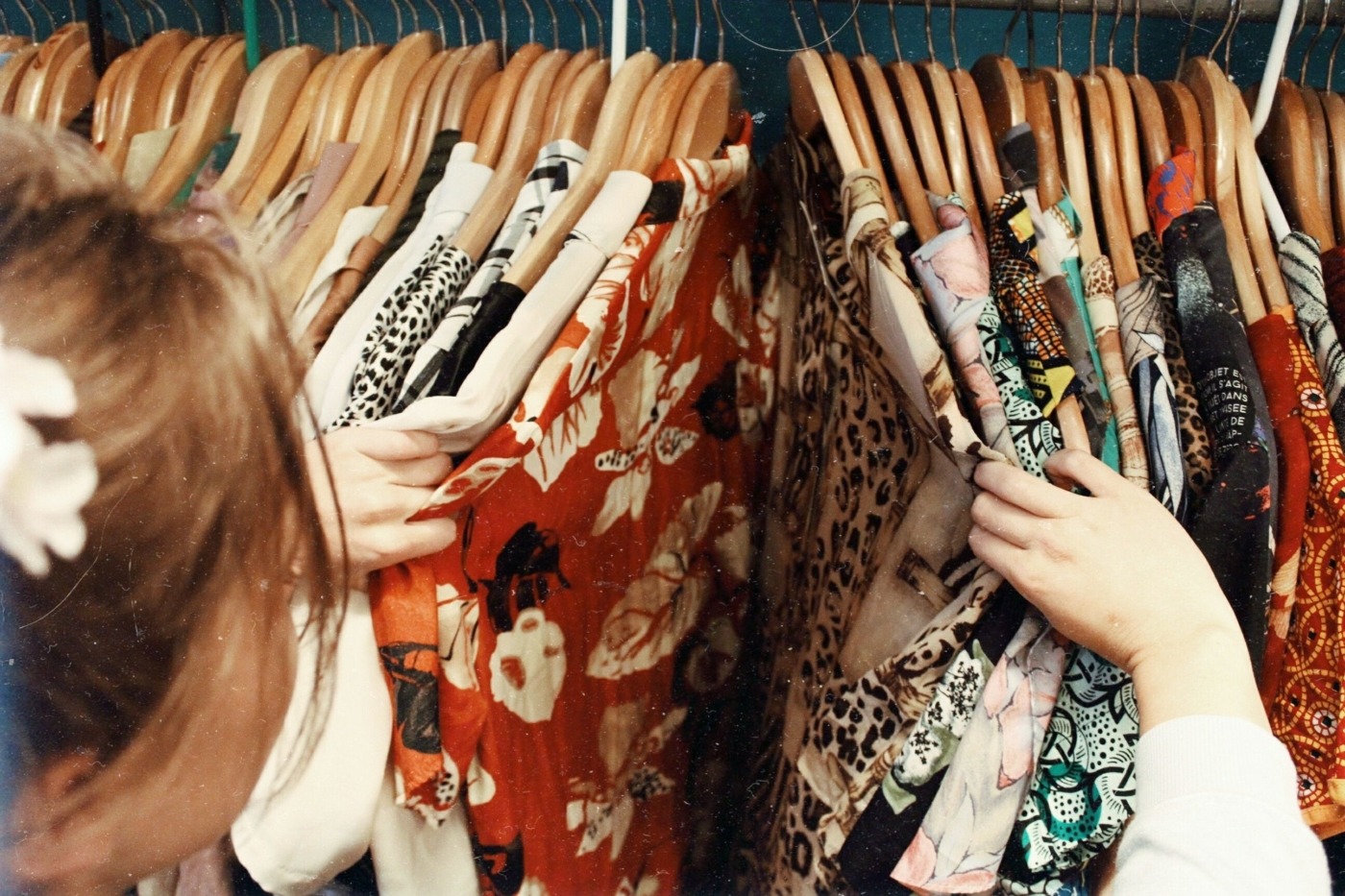Investing in sustainable fashion
We’ve heard a lot about sustainability this year, but when it comes to fashion what exactly does this mean? The clothing and textile industry is the second largest polluter in the world with up to 95% of textiles ending up in landfill instead of being recycled. That little black dress we picked up from Topshop has a greater impact on the environment than we might think. Recently, Burberry admitted destroying over £28million of clothes and perfume last year to protect the brand rather than donating stock to those in need or recycling it, causing outcry on social media.
The mass production of clothing results in more factory pollution, the exploitation of workers on unfair wages in developing countries and tonnes of clothing thrown away as we make space in our closets for the next big trend. Sustainable fashion ultimately means well-designed items made from good quality fabric and made by production and manufacturing practices that don’t harm the environment. Sustainable fashion also ensures fair conditions and pay for factory workers whilst charging an accessible price for consumers. This is inevitably easier said than done, but as students, what does this mean for us and how can we shop sustainably?
Buy investment pieces– As students, paying more for something is generally not what we want to hear. Budgeting on a student loan is tight enough without deliberately choosing to purchase a higher cost item. This is particularly difficult when there are dozens of cheaper alternatives on the high street. It has its benefits however; we’ve all heard the old saying ‘buy cheap, buy twice’ and when it comes to fashion, this couldn’t be more fitting. Cheaper high street fashion is inexpensive due to the clothes being made from thin fabrics that fall apart after a couple of wears or fade after a few washes. A sustainable choice might cost more but ultimately it should be seen as an investment . A high quality item can last years and you’ll likely find that you no longer need to repurchase the same items year after year.
Choose personal style over fast fashion– Buying sustainably also presents the opportunity to choose style and substance over fast fashion. To help us keep up with the catwalks, current designs are manufactured quickly and inexpensively to provide access to current trends at lower prices – think H&M, Primark, and Peacocks. Fast fashion contributes to poor working conditions in developing countries with workers often paid unfairly low wages. Fast fashion also contributes to environmental damage with further pollution from extra production of clothing and the decay of synthetic fabrics. Instead of buying current trends consider buying better quality items that you really love, reflect your own personal style and will last more than one season. In the words of Chanel, ‘fashion fades, only style remains the same’ – who wants to look like everyone else anyway?
Charity shopping– Some of us will still want to keep up with this week’s trends. Part of the fun of fashion is trying new things; a different style, print, or colour. If this sounds like you or you can’t afford buying investment pieces, consider shopping in charity shops. You’ll find high street brands at much lower prices and maybe even the odd designer item, plus you can make space in your wardrobe by donating clothes back. Not only is this a much more ethical way of doing fast fashion, your money helps a charity instead of big brands profiting from your shopping habit.
The good news is that as awareness around sustainability issues in the fashion industry grows, more brands are acting to make their production and manufacturing practices more ethical and ecological. For years Stella McCartney has been advocating ‘Respect for Nature’, sourcing sustainable materials such as cashmere and forest viscose in order to protect the environment. In 2011 Vivienne Westwood donated 1 million to the ‘No Fun Being Extinct’ campaign, supported by other big fashion names such as Kate Moss and Lily Cole. While it’s promising to see high end brands moving towards to sustainable practices, high street options are lacking. H&M and ASOS have developed conscious consumer ranges to their lines but it’s time for the rest of the high street to follow suit.

Comments (1)